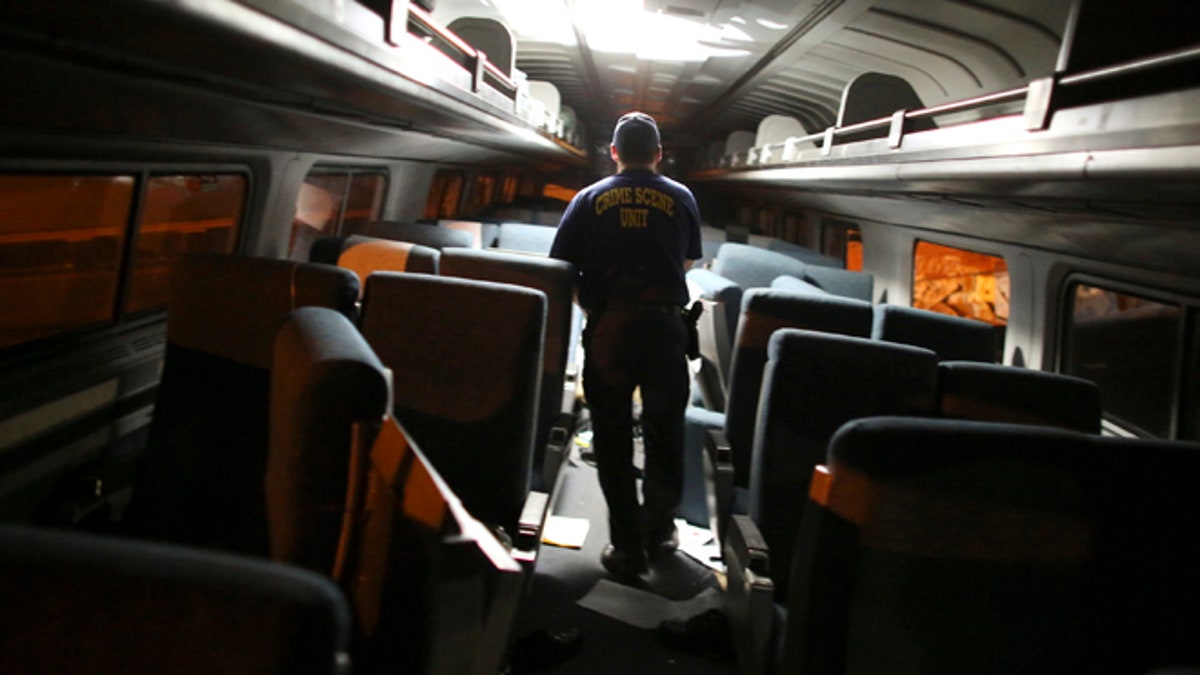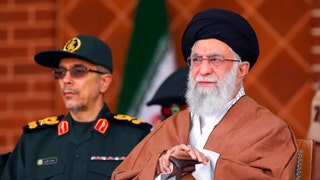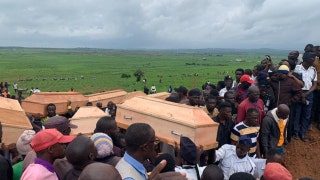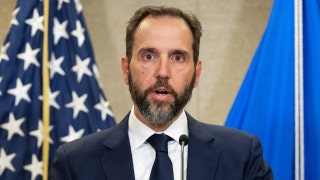
A crime scene investigator looks inside a train car after a train wreck, Tuesday, May 12, 2015, in Philadelphia. An Amtrak train headed to New York City derailed and crashed in Philadelphia. (AP Photo/Joseph Kaczmarek)
Now, finally — will we spend money on infrastructure? Or will we wait for another train derailment or another bridge collapse? Michael Nutter, the mayor of Philadelphia calls it a disastrous mess. He says he’s never seen anything like it. He’s talking about the train derailment in his city that has left six people dead, five others possibly dying, more than 100 injured and some who are still missing.
But, you know what? Nutter may as well be talking about America’s infrastructure because it is the real mess.
It’s not just our roads, rails and bridges that are at stake. It’s our economic viability. Congestion costs money; $1.9 billion gallons of fuel are wasted due to road congestion. That’s more than five days worth of the total daily fuel consumption in the U.S.
It is not the first train derailment; there have been 10 already this year. So many of our rails and roads and bridges and transportation systems are falling apart. They are often referred to as Cold War era relics that need replacing or rebuilding. According to recent federal findings, one in nine of our bridges are also structurally deficient.
The American Society of Civil Engineers estimates it would take trillions to get the country’s infrastructure back up to snuff. The accumulated backlog of repairs for schools alone is at $270 billion. It’s a lot of money to be sure, but when looked at from the perspective of economic growth though a public/private partnership, it could be a boon to the U.S. economy — not a liability.
Of course, Democrats will have to resist the urge to turn it into another government bureaucracy and Republicans will have to avoid seeing it as just another stump speech to criticize “more spending.”
- Latino high school graduation rates help boost national average
- Mystery surrounds Ohio man arrested in Mexico for possessing firearms
- ‘Hispanic paradox’ – U.S. Latinos outliving richer whites – not genetic, study finds
- Formerly conjoined twins doing better – in time for Mother’s Day
- Cristela Alonzo: ‘The show might be done … but Cristela the person has just started’
- Mexico’s young elite flaunt their money, power on social media
- Surrogate parents from California elated with baby, now trapped in Mexico
- Americans abroad renounce their U.S. citizenship at record rate
- Obama says immigration progress ‘not always straight line’
It’s about jobs — millions of jobs that could be created here instead of being sent overseas. We will spend $188 billion over the next five years on foreign aid, often going to countries that don’t have our best interest at heart, nor do they use it to improve the lives of their citizens. Instead, it is often used for weapons that end up in the hands of our enemies.
How many more derailments? How many more bridge collapses? How many more crumbling schools do we need to wake up to before we finally decide to create a bipartisan national initiative to repair our infrastructure? It needs to be bold. It needs to be honest and it can’t be deterred by regional or political infighting like what we saw recently with New York Mayor Bill De Blasio taking on Vice President Joe Biden for telling the truth about LaGuardia Airport. Biden called La Guardia “a third world airport.”
"If I blindfolded someone and took them at 2 o'clock in the morning into the airport in Hong Kong and said 'Where do you think you are?' They would say, 'this must be America. This is a modern airport,'" Biden said. "If I took them blindfolded and took them to LaGuardia airport in New York, he would say, 'I must be in some Third World country.' I'm not joking."
Anyone who’s been to La Guardia would agree. But De Blasio “didn’t like the comment.” The fact is, it’s not just our roads, rails and bridges that are at stake. It’s our economic viability. Congestion costs money; $1.9 billion gallons of fuel are wasted due to road congestion. That’s more than five days worth of the total daily fuel consumption in the U.S.
As for lost productivity, The Reason Foundation published “Gridlock and Growth: The Effect of Traffic Congestion on Regional Economic Performance.” It looked at job accessibility in eight U.S. urban areas including Atlanta, Charlotte, Dallas, Denver, Detroit, Salt Lake City, San Francisco and Seattle.
The research indicates that achieving free flow traffic conditions to major suburbs, universities and malls would increase gross domestic products by 6 to 30 percent. The U.S. GDP was more than $17 trillion last year. A mere 15 percent increase would boost it to $19.5 trillion. That means we could increase our annual productivity alone by $2.5 trillion.
Shocker! Improving America’s infrastructure would not only create millions of jobs, it could also pay for itself.








































